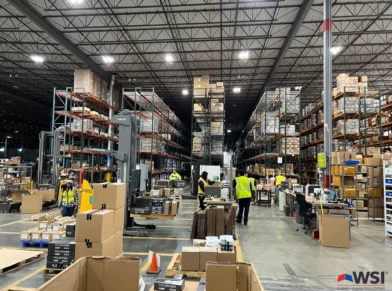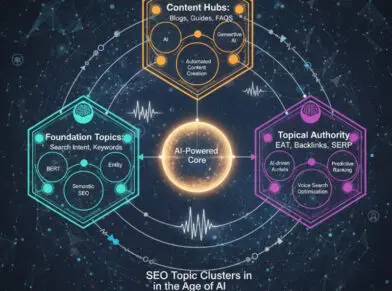Remarketing Advertising
Retarget, Re-engage, & Reap the Rewards

Do you buy a product the first time you see it?
Probably not. If you’re like most people, you shop around. You check out prices and similar products or services. You consider whether you really need that new toaster/website/grocery delivery service. You might take a break to have a cup of coffee or walk the dog. You may not come back to online shopping until the next day, or later.
You’re not alone. Only 2% of visitors make a purchase on their first time on a website. So how do you keep your brand top of mind with the other 98%? By using remarketing advertising (also called retargeting advertising.
Catch more customers.
Those almost-customers who’ve been to your site are the very definition of low-hanging fruit. They’re already interested in your product or service and have at least a passing relationship with your brand. Don’t let them get away. Find them where they are online, whether it’s Google, YouTube, or social media channels, and catch their eye with ads that remind them of your brand.
- Improve conversion rates.
- Increase website clicks.
- Decrease abandoned carts.
- Boost brand awareness.
- Maximize your return on ad spend (ROAS).
- Reach your target audience, no matter how niche.

- Website visits can increase by 700%.
- Visitors who see remarketing ads are up to 70% more likely to convert.
- Retargeting improves business name searches by a whopping 1,046%.
Create remarketing ad campaigns that deliver.
How do you make sure your remarketing campaign is effective?
Find your audience. Audit your website account to see how and where it is tracked. (Make sure you’re using a Google Global Site Tag so your traffic is recognized.) Study the pages being tracked to learn if different pages attract different types of traffic. You’ll be able to use this knowledge when creating customer-specific remarketing ads.
Work with segments. Divide your potential customer base into targeted audience segments. You can use data points that include:
- Demographics
- Interests and affinities
- Customer lists (remarketing to former customers or prospects)
- Keywords or websites they browse
- Website visitors (remarketing to site visitors)
Strategize. What is your messaging? If you want to build brand awareness, make sure your motto and logo stand out. If you want people to visit your website, use an enticement, like a promo code. Want them to return to an abandoned cart? Offer a reminder (and maybe a discount). Create an ad with your specific goal and individual customer in mind.
Where should your ads be placed? Where does your target audience hang out? If the answer is too general, consider a smart display campaign instead.
What creative assets do you have for the campaign? Think broadly, not just single images, but HTML5 slideshows and videos.
What’s the optimum frequency and duration? There’s a fine balance between reminding your customers and annoying them.
Analyze. Test, test, test. Test different ads and audiences at different times. It’s the only way you’ll know what’s working.

Use professional remarketing advertising for best results.
Why should you use a digital marketing agency for remarketing? If you read the section above, part of the answer is pretty apparent. Professional teams like the one at Globe Runner have dedicated paid media experts that manage, analyze, and optimize remarketing ads. You probably don’t. Our retargeting advertising also includes professional designers and copywriters who make sure your ad reflects your brand and resonates with your intended audience.
There’s another, not-so-obvious answer. Some marketing firms, like Globe Runner are Google Partners. That means they have been trained and certified by Google, get their information from Google, have access to some of Google’s beta features, and are even able to contact Google directly. Google Partners are recognized by Google as companies that know their stuff and maximize campaign success for clients.












